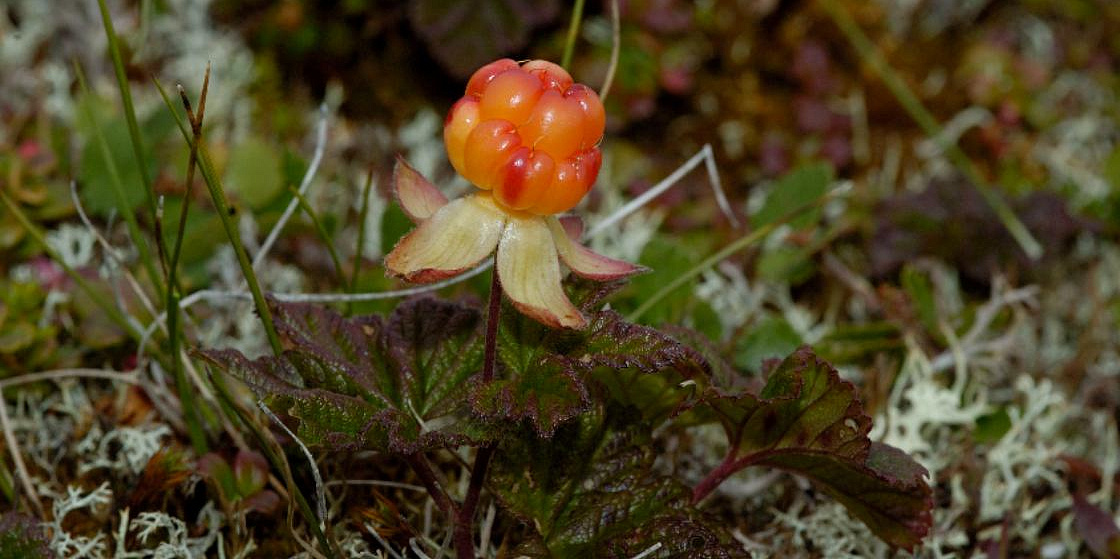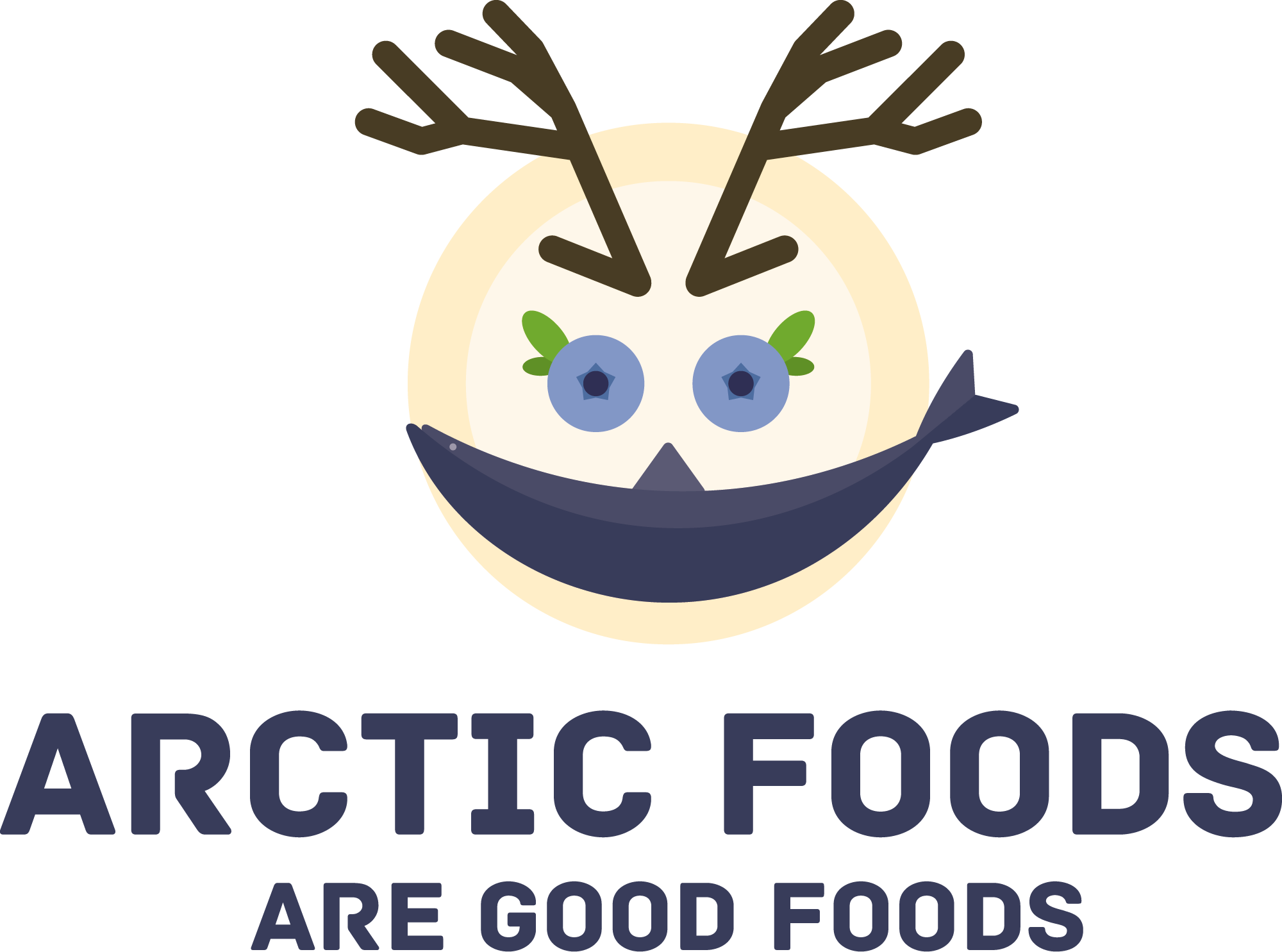
Photo: Konyukhov Nikolay/GeoPhoto.ru
Science Helps Better Understand the Arctic
Russian scientists have surveyed the areas in the Arctic Ocean known to be used as dump sites for radioactive waste by the Soviet Navy and nuclear industries in the 1950s-1990s. Having filtered more than 10,000 liters of seawater, they have collected more than 100 samples of benthic deposits and microorganisms native to the areas addressed in the study. The samples, which are to undergo a variety of lab tests, will help understand how the radioactive waste stored in the Arctic seas impacts the environment, and what can be done to safely remove it from the sites in question.
The project aiming to draft a red list of threatened Arctic species is nearing its final stage. According to the management of the Environmental Chamber, a Russian-based conservancy NGO running the project, the list is expected to be complete by early fall this year. In September, it will be released at a session of the International Union for Conservation of Nature.
A team of Russian researchers completed a comprehensive study of the diet of indigenous communities inhabiting Russia’s High North. The study shows that there has been a considerable shift in the diet over the past decades from one which is mostly dependent on hunted and gathered food (such as local species of fish, reindeer meat and local herbs) to one that is more reliant on commercial foods imported from the rest of Russia. Researchers believe that this shift is largely responsible for an increase in occurrences of respiratory and cardiac diseases in local populations.
The project aiming to draft a red list of threatened Arctic species is nearing its final stage. According to the management of the Environmental Chamber, a Russian-based conservancy NGO running the project, the list is expected to be complete by early fall this year. In September, it will be released at a session of the International Union for Conservation of Nature.
A team of Russian researchers completed a comprehensive study of the diet of indigenous communities inhabiting Russia’s High North. The study shows that there has been a considerable shift in the diet over the past decades from one which is mostly dependent on hunted and gathered food (such as local species of fish, reindeer meat and local herbs) to one that is more reliant on commercial foods imported from the rest of Russia. Researchers believe that this shift is largely responsible for an increase in occurrences of respiratory and cardiac diseases in local populations.
11 August 2021




